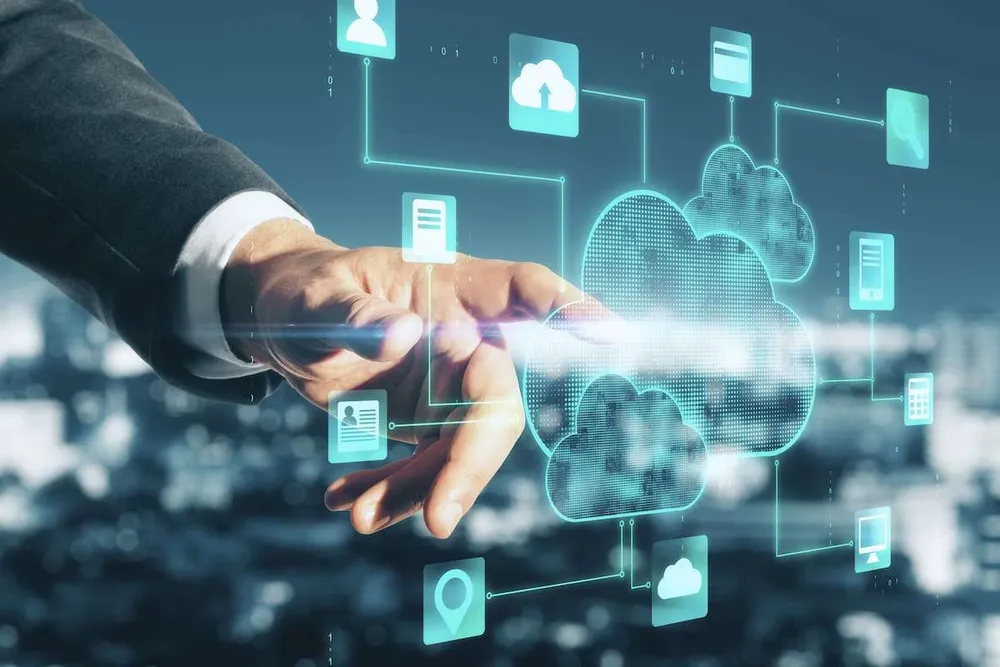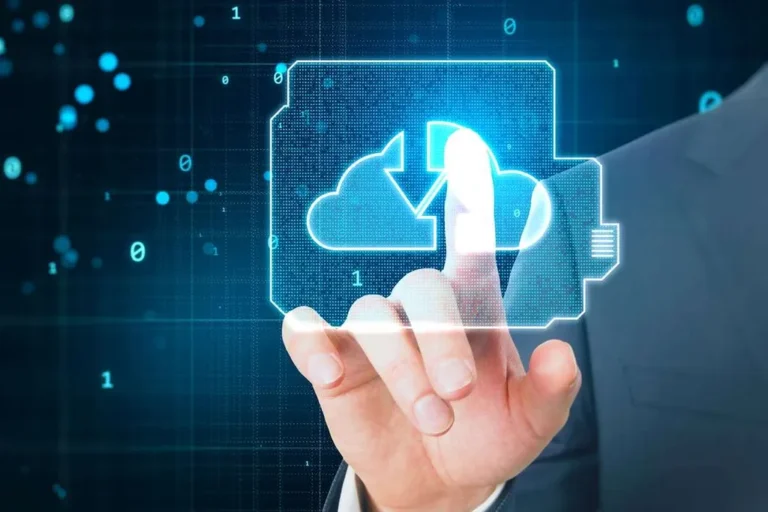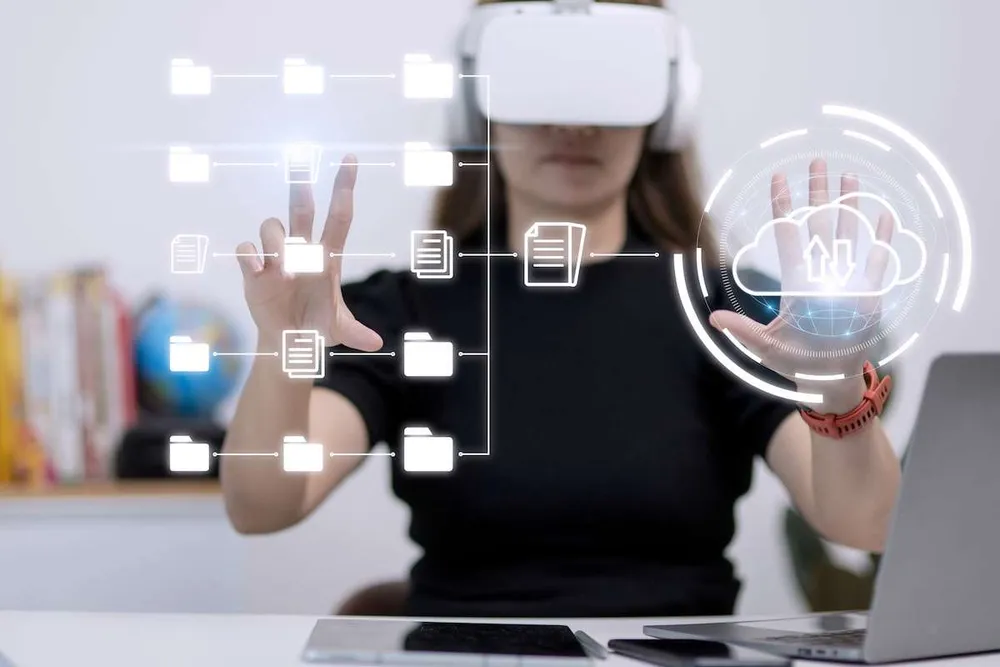The OCR software scans the observe, recognizes the characters, and converts them right into a digital textual content format. At its core, OCR is kind of a translator for machines, transforming handwritten or printed text into digital knowledge. The document is both scanned or photographed, changing it into a digital picture.
Optical Character Recognition For Various Use Cases
In logistics and safety, OCR powers techniques that learn license plates, passports and ID cards in real time. It can also be used by postal services to kind mail by studying printed addresses. From legal contracts and invoices to healthcare information and academic materials, OCR helps organizations unlock the total worth of printed data. With developments in real-time processing, AR integration, and context-aware recognition, the future of OCR lies in intelligent systems that not solely read—but perceive, act, and adapt.
- Optical character recognition (OCR) is a widely used expertise that allows the conversion of text from images, scanned documents or photographs into machine-readable and editable information.
- It then uses these options to search out the best match among various characters in a database.
- This step may contain sharpening the image or eradicating any visual noise, very like adjusting a blurry photo till it’s crystal clear.
Purposes Of Ocr In Modern Know-how

You may surprise, “How do I know if an OCR tool is accurate and precise? For instance, Optiic’s OCR device is praised for its high accuracy in converting advanced documents, like authorized and medical texts, into editable codecs. This isn’t just about puffing up our chest; it’s about delivering a tool that saves you time and minimizes errors.

OCR expertise streamlines data processing, boosts productiveness, and saves us from drowning in a sea of paperwork. It’s no surprise OCR has turn out to be a staple in businesses, education, and even our on a regular basis lives. As we proceed to embrace the digital age, OCR stands as a beacon of innovation, guiding us via Product Operating Model the chaos with a touch of humor and a splash of professionalism. One Other good thing about OCR is that it might possibly improve the accessibility of textual content. This may be particularly helpful for organizations that have a lot of paperwork to process, corresponding to libraries, government businesses, and companies.

The first step within the OCR course of is capturing the picture of a document using a scanner, digital digital camera, or cellular gadget. The document is often a printed page, a handwritten notice, a receipt, or another text-based material. The high quality of this initial picture is essential as a outcome of clear, high-resolution images enhance text recognition accuracy, while poor-quality scans might result in errors in extraction. OCR digitizes scanned legal paperwork, automates data entry, and processes invoices. It additionally supports doc processing workflows within the healthcare, finance, and training sectors. Lastly, let’s not neglect the legal business, the place OCR instruments are a godsend.
It’s not just about changing text; it’s about inclusion and empowerment, a sentiment fantastically captured on this article. Ah, the marvels of Optical Character Recognition—it’s like educating computers to read! Who would’ve thought that such a functionality may so profoundly affect the way we work together with technology? As we wrap up this deep dive into OCR, let’s ponder its monumental impression on digital transformation. On the technical facet, OCR technology requires substantial computing power and storage capacity, making it much less environment friendly for units with limited sources. This can result in slower processing times, particularly when dealing with massive volumes of knowledge, which is anything however convenient in our fast-paced digital world.
As An Alternative of piling up document recordsdata physically, individuals can flip them into neat and editable digital formats. In this digital era, OCR instruments usually are not simply nice to have; they’re essential. They streamline processes, enhance efficiency, and open up a world of potentialities that have been once thought to be the stuff of science fiction. So, should you haven’t yet embraced the power of OCR, what are you waiting for? In essence, OCR is like having a digital assistant with an impeccable capacity to read and transcribe text, saving you from the mind-numbing task of handbook data entry. Whether Or Not you’re digitizing a library of books or simply trying to extract textual content from a receipt, OCR has got your again, making it an indispensable tool in our increasingly digital world.
But digitized textual content Exploring Optical Character Recognition from the OCR course of can additionally be used to train LLMs and different massive artificial intelligence techniques. Corporations building specialized LLMs are using OCR to convert technical manuals and other printed supplies into digitized textual content to coach or fine-tune their models. After the OCR engine identifies the characters, it converts the info into a computerized file that can be shared, searched, edited, and copied.
Is Ocr A Form Of Ai?
Cellular apps like Google Lens use OCR to read textual content from pictures in real time, enabling translation or copying of textual content directly from the digital camera. As OCR continues to evolve, it’s not simply bettering – it’s reworking. Image to Textual Content stands out as a straightforward OCR answer, designed to quickly and accurately extract editable textual content from images and scanned paperwork. Its simplicity and ease of use make it a best choice for individuals and small businesses who need quick, no-fuss document conversion. Instructional establishments can use OCR for their evaluation of student performance from paper codecs.
Superior OCR options incorporate AI-powered corrections and contextual evaluation, ensuring that the extracted knowledge intently matches the original content material. This leads to extra reliable documentation, fewer mistakes, and improved decision-making primarily based on accurate information. OCR systems provide several benefits for companies and individuals. They improve workflow effectivity and help scale back operational prices. With advanced OCR capabilities like intelligent character recognition, these tools can handle complicated layouts and fonts, making them much more versatile. OCR instruments allow companies to automate the information entry process, eliminating the dreaded guide input and decreasing the risk of human error.
Gone are the times of submitting cabinets bursting at the seams with paper. OCR technology has revolutionized the means in which businesses handle documentation, converting stacks of paper into digital codecs with a mere click. This not solely saves house but in addition allows for fast, keyword-based searches. Think About needing to seek out that one bill from last year—just a simple search and voila! For more on how OCR can elevate your business documentation, check out this insightful article. Neural networks, significantly convolutional neural networks (CNNs) and recurrent neural networks (RNNs), have enhanced OCR by enabling context-aware textual content https://www.globalcloudteam.com/ interpretation.
Another feather within the cap of a user-friendly OCR software is seamless integration. Whether Or Not you’re a small business or a big corporation, being in a position to integrate the OCR tool along with your present software program can prevent heaps of time and effort. For a deep dive into optimizing business operations with OCR, take a glance at this complete information. Beyond primary text recognition, some OCR tools supply options like handwriting recognition, the power to detect and convert tables and varieties, and integration with other software program systems. These bells and whistles can be game-changers, especially for specialized duties. For a extra in-depth have a glance at these capabilities, try this guide by IBM.
Let’s dive into the nuts and bolts of OCR, or Optical Character Recognition, with out getting too slowed down in tech jargon. Imagine OCR as a magical pair of glasses that can read and perceive text from an image—be it a photograph, scanned document, or maybe a handwritten notice. AI may also be used to develop extra superior OCR algorithms that can recognize a wider vary of fonts and text kinds.
In the early Nineties, OCR gained recognition for digitizing historic newspapers. Since then, OCR instruments have superior and now achieve near-perfect accuracy. In the past, documents needed to be retyped, which was gradual and susceptible to errors. If I say that OCR expertise has revolutionized the finest way we process documents or photographs then it will not be mistaken.






